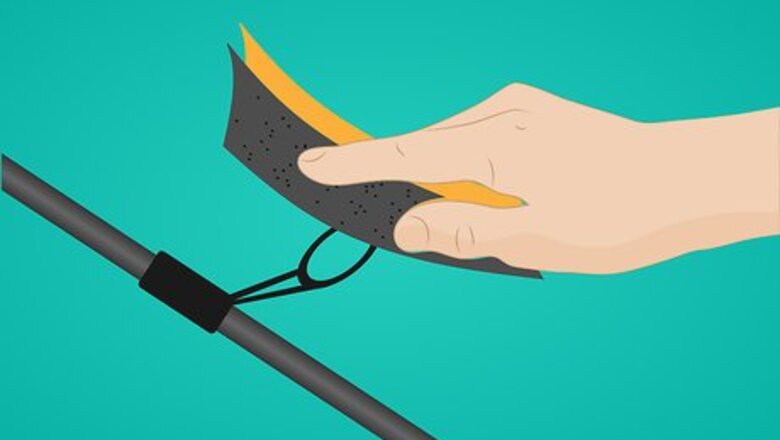
views
Maintaining the Rod
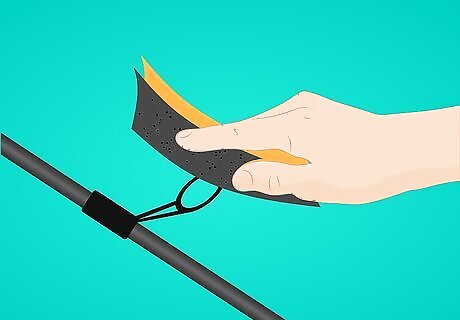
Fish with the guides aligned to reduce wear on your line. The guides are the metal rings that hold the line to the rod. Sand nicks in guide rings to prevent the line from breaking when you have a fish on. If you cannot get the nick out by sanding with fine sandpaper, replace the guide. Examine the guides with a magnifying glass and pass a cotton ball through the rings. Cotton will catch if there is a nick you cannot see with a magnifying glass.Maintain a Fishing Rod Step 1Bullet1.jpg Check for rust on the guide rings and the reel seat -- where the reel attaches. If there is rust, replace the guide ring. Sand rust off the reel seat with fine sandpaper and repaint.Maintain a Fishing Rod Step 1Bullet2.jpg
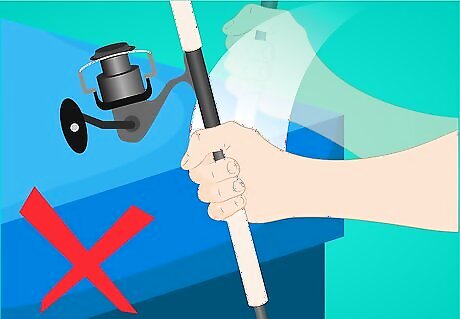
Avoid banging your rod on the boat, rocks or other surfaces. Rods are relatively fragile, and even small nicks or scratches can result in breakage.
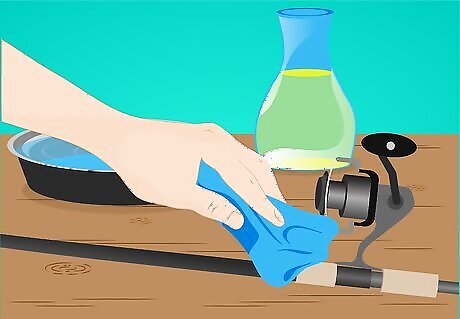
Clean your rod with a cloth, lukewarm water and vinegar or mild detergent every time you finish fishing. If your rod is soiled, remove the dirt with a soft-bristle brush or a toothbrush. Allow the rod to dry completely before putting it away. Take extra care to clean your angling rod if you have been fishing in saltwater, as there is a higher chance of corrosion.
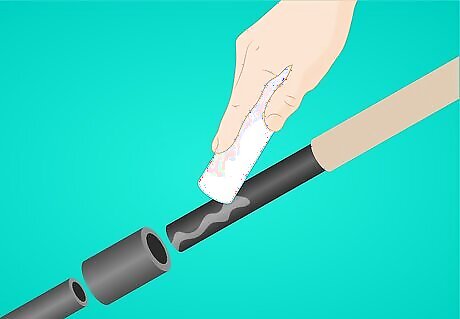
Rub the rod's joints with candle wax or paraffin to prevent friction. The joints, also known as ferrules, are the places where the separate sections of the rod join.
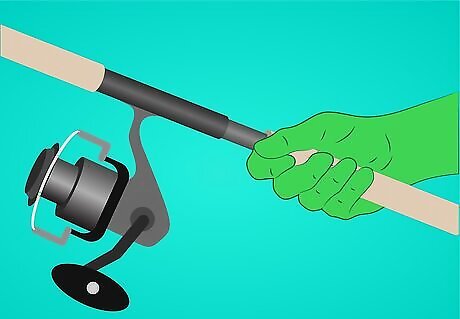
Wear gloves while you fish if your rod has a cork handle. Oils in your skin may cause the cork to wear out sooner. If your cork handle is already worn, wet the rod grip and sand the cork grip with fine, waterproof sandpaper. Then, put some soap on the sandpaper and gently rub the cork. Rinse off the soap and let the grip dry. Be careful not to rub the rod itself with the sandpaper.
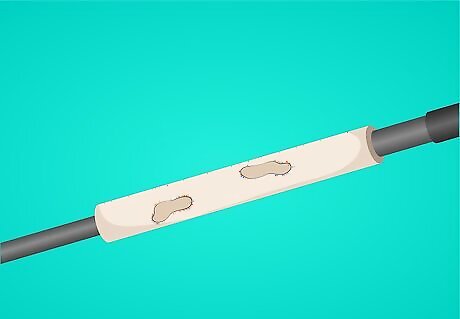
Fill small holes with a mixture of cork filings and wood glue or wood putty.
Storing the Rod
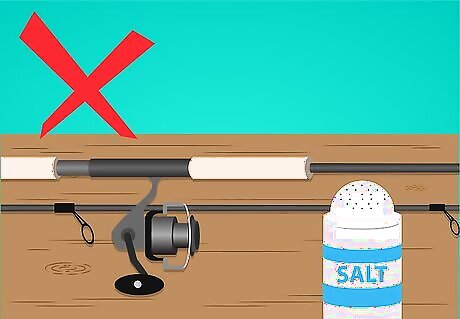
Store your rod on a rod rack that can be mounted vertically or horizontally. Storing a rod improperly may result in damage or curvature. If you do not have a rack, store the rod on a hanger or nail in a closet. Keep your rod and reel away from salt, dirt and other substances that may harm the rod, both while fishing and while storing the rod.Maintain a Fishing Rod Step 7Bullet1.jpg It is better not to store your rod in a rod tube, as tubes trap moisture, which can corrode the guide rings, the reel or the reel seat.Maintain a Fishing Rod Step 7Bullet2.jpg
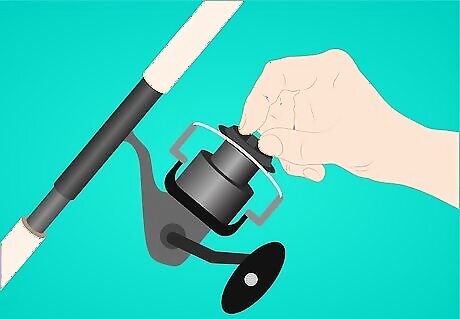
Loosen the drag before storing your rod and reel so the line does not break or pull on the rod.
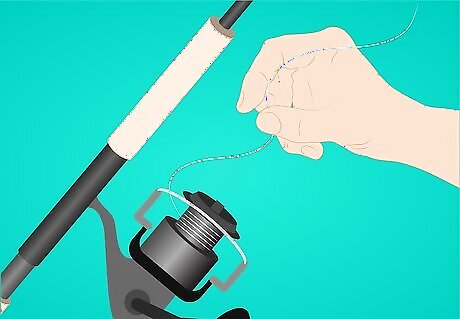
Remove the fishing line from your rod and reel before storage if you have been fishing in saltwater.
















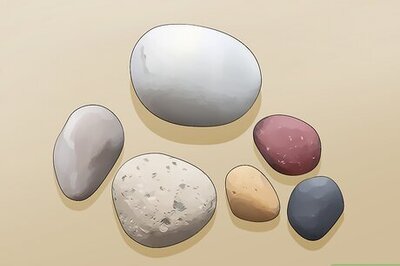
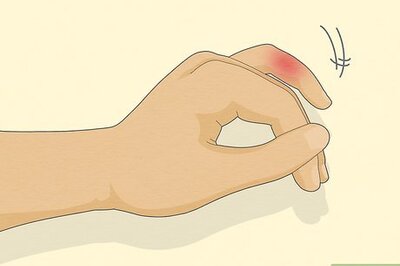
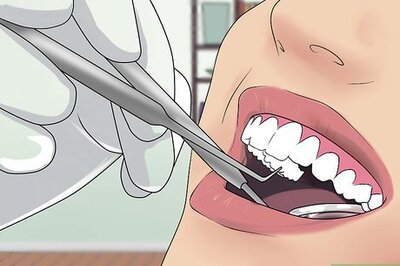

Comments
0 comment